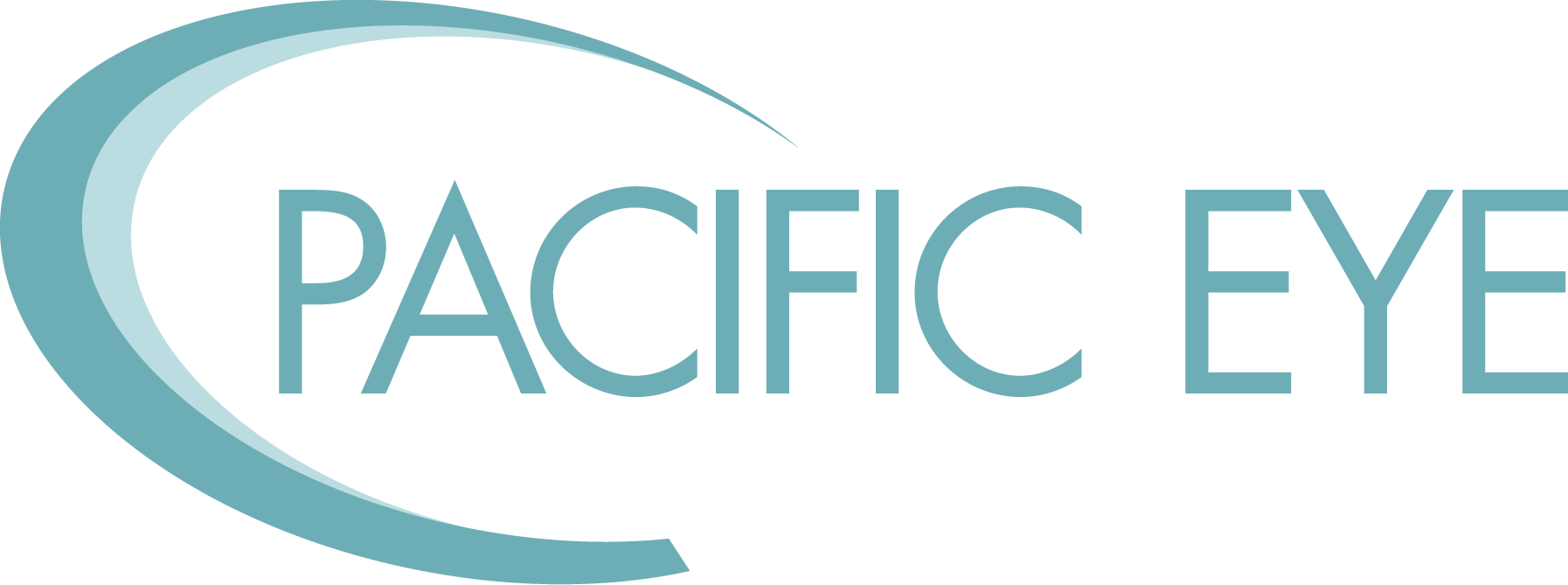Advanced Lenses, Cataracts, General Eye Care, News & Media, Vision Correction
Have you noticed how quickly darkness falls after daylight savings? For many drivers in Orcutt, Paso Robles, Pismo Beach, San Luis Obispo, and Santa Maria, this can make night driving more challenging. But did you know that shorter days also put drivers with cataracts at greater risk?
At Pacific Eye Surgeons, we want to help you understand the unique risks of driving at night after daylight savings and why cataract awareness is more critical than ever.
How Daylight Savings Impacts Night Driving
When daylight savings ends, sunset comes earlier in the evening. This means:
- More time driving in low-light conditions
- Increased glare from headlights
- Slower dark adaptation for your eyes
Cataracts are a clouding of the eye’s natural lens that can cause:
For drivers with cataracts, these changes make night driving particularly hazardous.
What Are Cataracts and How Do They Affect Night Vision?
- Blurry or cloudy vision
- Difficulty seeing at night
- Glare and halos around lights
- Frequent prescription changes
While cataracts are more common in older adults, they can develop gradually at any age. Nighttime driving becomes especially risky because reduced lighting magnifies these symptoms.
Common Night Driving Challenges After Daylight Savings
Patients often report:
- Difficulty seeing pedestrians or cyclists
- Increased headlight glare from oncoming traffic
- Trouble judging distances
- Eye strain and fatigue
These factors combine to increase the risk of accidents. Drivers with untreated cataracts are more likely to experience collisions, especially during nighttime hours.
5 Tips for Safer Night Driving With Cataracts
Even with cataracts, you can take steps to improve night driving safety:
- Schedule regular eye exams – Early detection helps prevent vision deterioration.
- Update your glasses or contact prescription – Proper lenses reduce glare and improve clarity.
- Keep your windshield and headlights clean – Dirt worsens glare.
- Adjust driving habits – Avoid driving immediately after daylight savings until your eyes adjust.
- Consider cataract surgery and advanced lens options – Today’s cataract surgery is quick, safe, and highly effective at restoring clear vision. Many patients choose advanced lens implants—such as toric lenses for astigmatism or multifocal/extended-depth-of-focus lenses—to reduce glare, halos, and even dependence on glasses. These options can significantly improve night-driving confidence.
When to See a Cataract Specialist
You should consult Pacific Eye Surgeons if you notice:
- Increased glare while driving at night
- Difficulty reading road signs or seeing traffic lights
- Frequent changes in glasses prescription
- Blurred vision that cannot be corrected with lenses
Early evaluation prevents accidents and improves quality of life.
Schedule a Consultation Today
Don’t let shorter days compromise your safety. If night driving has become challenging, schedule a consultation at Pacific Eye Surgeons today. Our experts in Orcutt, Paso Robles, Pismo Beach, San Luis Obispo, and Santa Maria are ready to help you see clearly again.







